1. Sewing and Mending Clothes
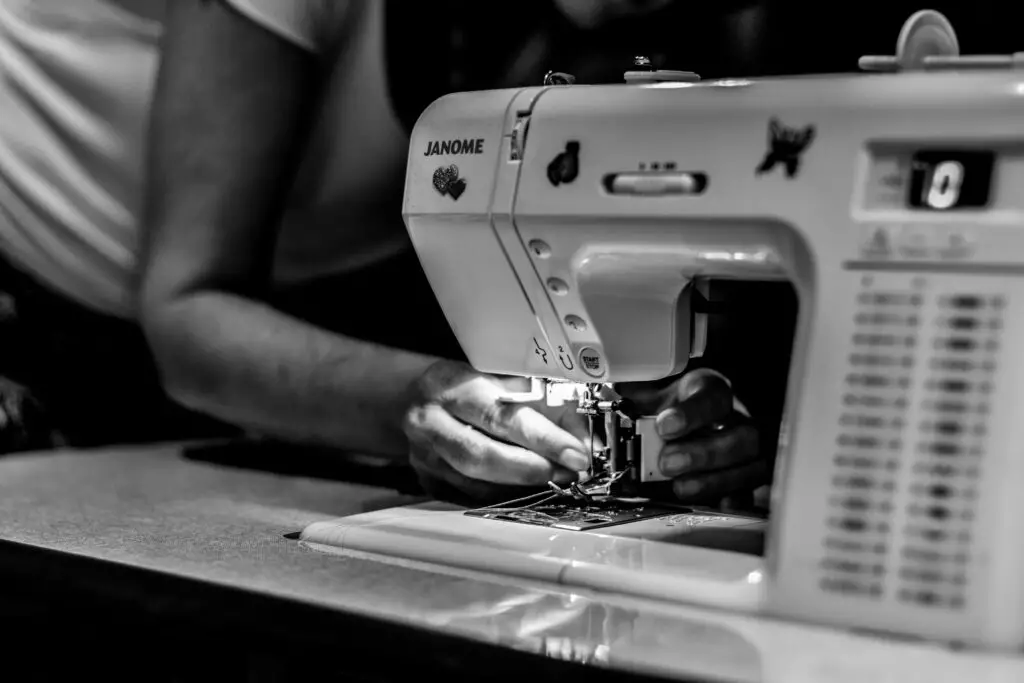
Back in the ’60s, just about everyone knew how to sew a button or hem a pair of pants. It wasn’t just a hobby for a few crafty folks either — it was something people learned at school, from their parents, or just picked up out of necessity. If your shirt ripped, you didn’t toss it out or rush to buy a new one. You grabbed a needle and thread and fixed it up yourself, often while chatting with family or watching TV says Los Angeles Times.
Today, sewing feels almost like a lost art. Most people wouldn’t know where to begin if a button popped off their coat. Fast fashion has made clothes so cheap and plentiful that it often seems easier to replace than repair. But there’s something special about wearing something you’ve fixed yourself — it feels a little more personal, a little more earned adds WBUR.
2. Using a Road Map
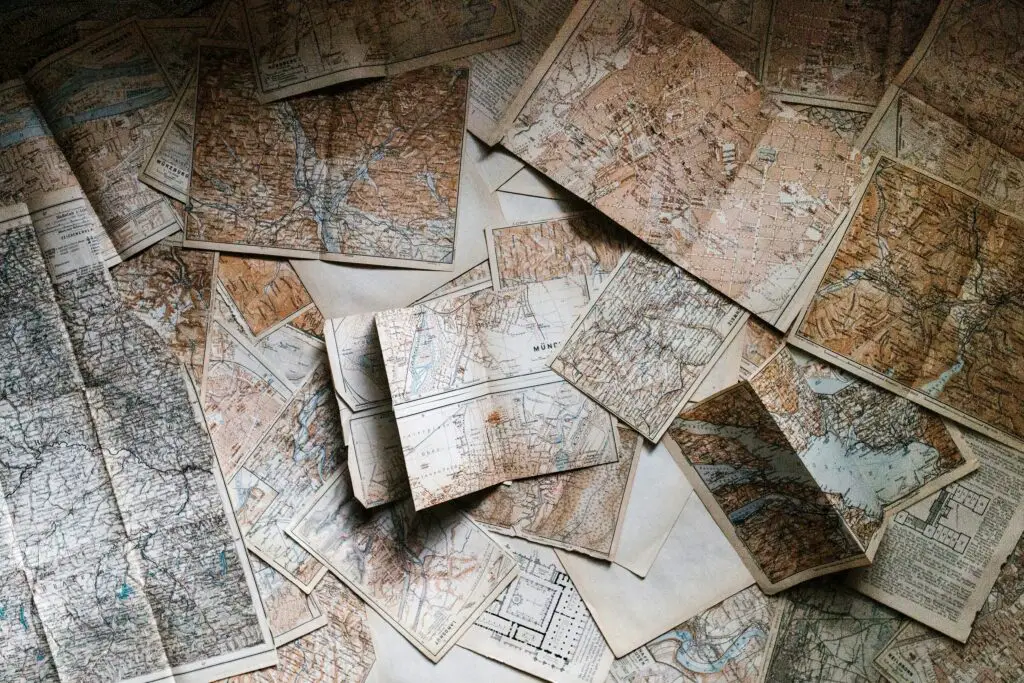
Before GPS and smartphones, if you wanted to get anywhere outside your hometown, you had to know how to read a road map. Every glove compartment had a collection of crinkled, well-worn maps, and families would often plan out their entire road trip routes with them. Reading the tiny lines, understanding mileage, and figuring out the best routes was practically a skill set of its own shares Popular Science.
Today, the idea of unfolding a giant paper map at a gas station sounds almost laughable. We just type an address into our phones and follow the voice telling us where to turn. Most young drivers today have never even held a real map. But there was something adventurous about plotting your course and trusting your instincts to find your way says the Art of Manliness.
3. Writing Letters by Hand
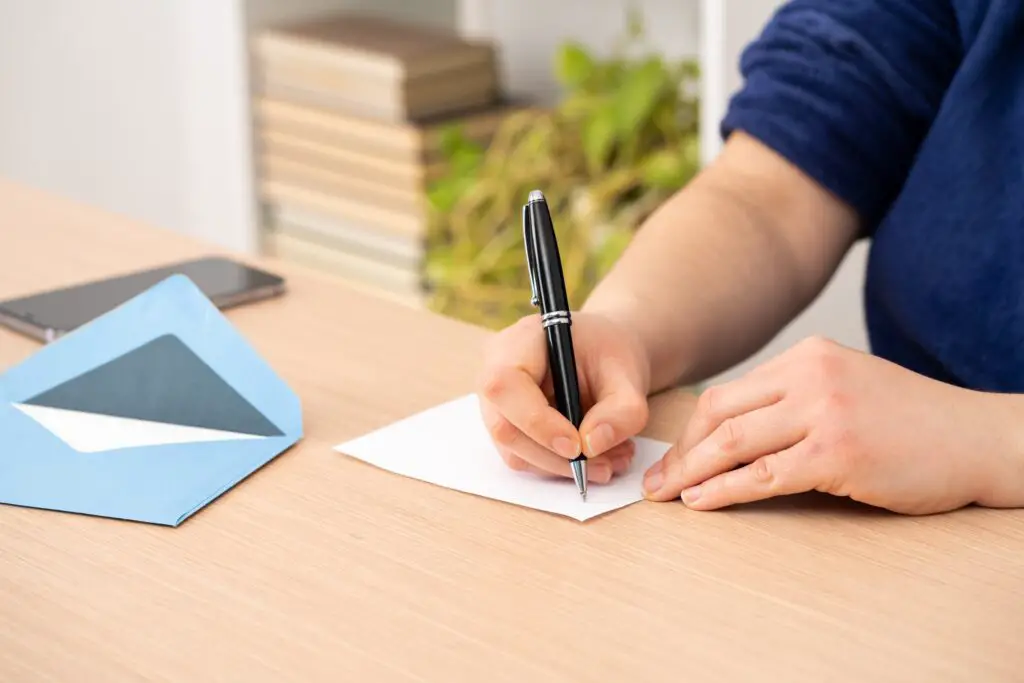
Letter writing wasn’t just for special occasions in the ’60s — it was the main way people kept in touch. Whether it was writing to a friend across town, a family member in another state, or even a pen pal overseas, sitting down with a pen and paper was part of daily life. People took their time, picking out nice stationery, choosing their words carefully, and adding personal touches like doodles or perfume.
Today, texting and emails have made communication faster but a lot less personal. Most of us haven’t written a real letter in years, maybe even decades. And while technology is convenient, there’s something almost magical about opening a handwritten letter. It’s like holding a little piece of someone’s world in your hands.
4. Cooking from Scratch
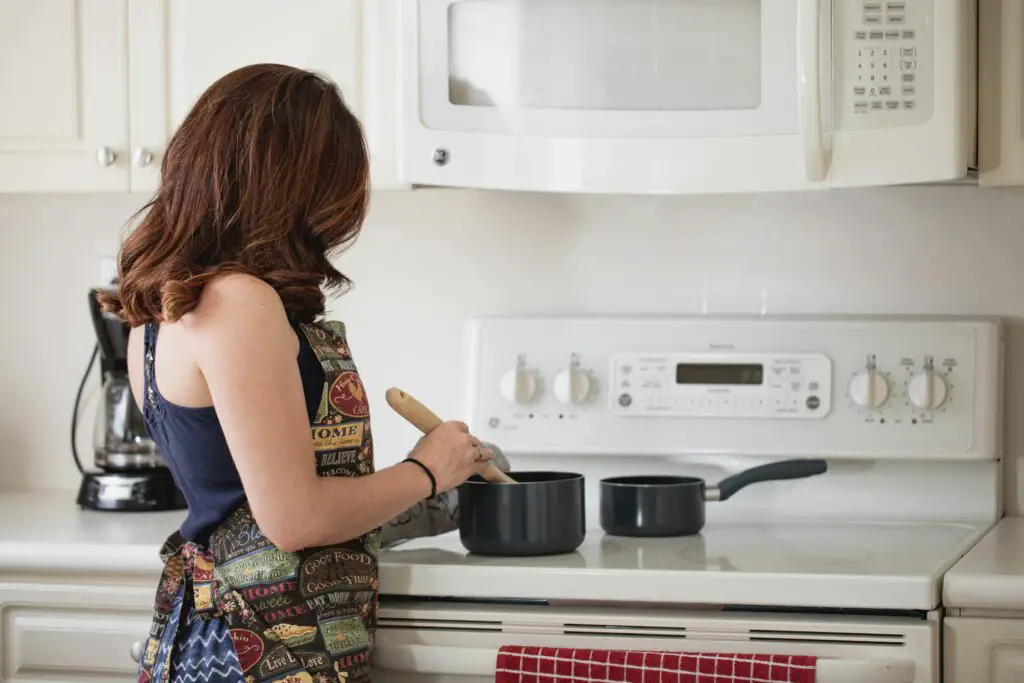
In the 1960s, most meals didn’t come from a drive-thru window or a freezer box. People cooked meals from scratch, using fresh ingredients and family recipes passed down through generations. Dinner wasn’t about grabbing something quick; it was about time spent in the kitchen, sometimes with the whole family helping out. Even a simple meal like spaghetti involved making your own sauce, not grabbing a jar from the store.
Today, many people don’t learn real cooking skills beyond microwaving or tossing together a few prepackaged items. Life is busier, sure, but a lot of those old kitchen traditions have been lost along the way. Knowing how to cook from scratch isn’t just about eating better — it’s about the love and memories that go into the food. There’s something powerful about knowing exactly what’s in your meal because you made it yourself.
5. Memorizing Phone Numbers
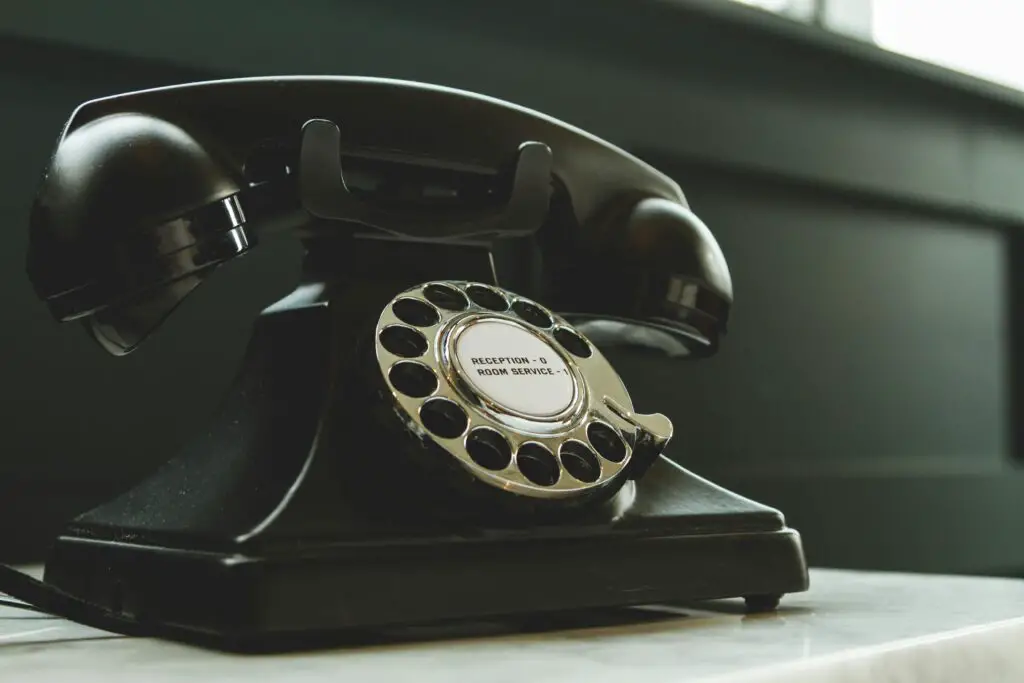
Ask anyone who grew up in the ’60s, and they’ll probably still remember their best friend’s phone number from 50 years ago. Back then, you had to know numbers by heart because you couldn’t just scroll through contacts. Kids learned important numbers like their parents’ work phones, their neighbors, and emergency services early on. It was almost like having a personal Rolodex stored in your brain.
Today, most of us are lucky if we know even two numbers without looking at our phones. We rely so heavily on our devices that memorizing numbers feels almost unnecessary. But there was something empowering about knowing you could pick up any phone and call someone without needing help. It’s a skill that built independence and a stronger connection to the people around you.
6. Cursive Writing
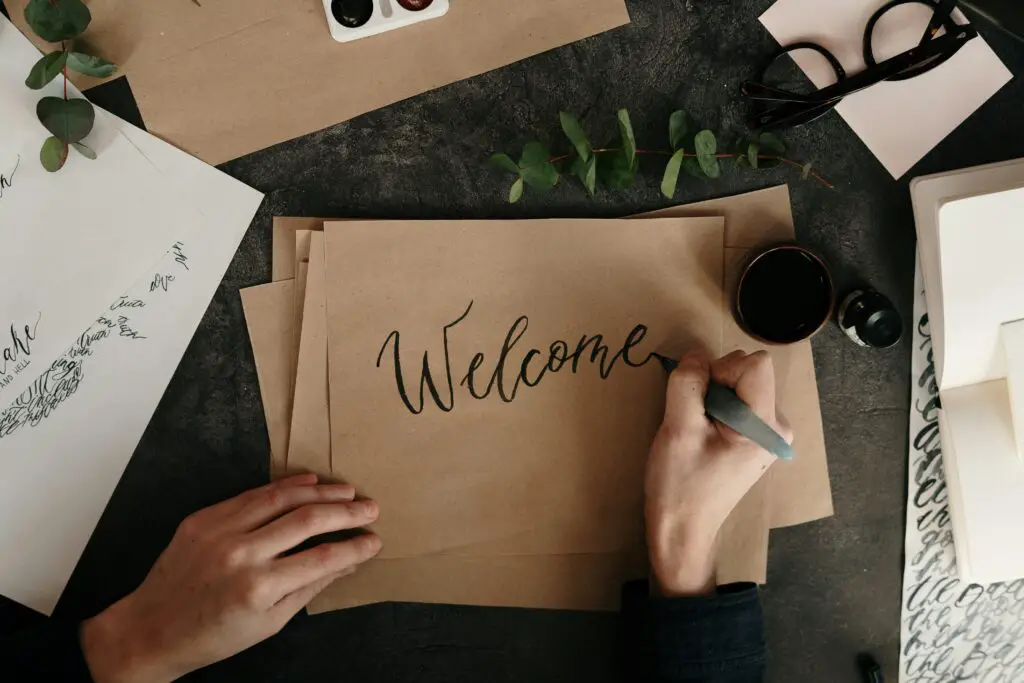
Cursive wasn’t just taught — it was emphasized in the ’60s as an essential skill for everything from note-taking to formal communication. Kids spent hours practicing those flowing letters, trying to perfect their loops and swirls. Handwriting was seen as a reflection of your character and education. There was even a certain pride that came from having beautiful penmanship.
Fast forward to today, and cursive writing is barely taught in schools anymore. Many young people can’t read it, much less write it. Typing has taken over almost every form of written communication. Still, there’s something undeniably charming about a letter or signature written in graceful cursive — it feels like a piece of history.
7. Shorthand

For secretaries, journalists, and anyone who needed to take quick notes, shorthand was a game-changer in the ’60s. It allowed people to jot down spoken words almost as fast as they were said, using a series of squiggles and abbreviations. Learning shorthand was practically a rite of passage in many professional fields, and it could open doors to better jobs.
Today, very few people even know what shorthand is, let alone how to use it. Dictation apps and typing have made the skill feel unnecessary. But back then, being able to transcribe an entire conversation almost verbatim was considered a serious superpower. It’s one of those lost skills that made everyday work life a little more efficient and impressive.
8. Using a Typewriter

In the ’60s, typewriters were the height of technology, and just about everyone needed to know how to use one. Typing wasn’t optional — whether it was schoolwork, office tasks, or personal projects, you had to be comfortable clacking away on those heavy keys. Knowing how to align margins, fix typos with correction tape, and type without looking at the keys was a big deal.
Today, typing is still important, but it’s a whole different world with laptops and autocorrect. The tactile, deliberate feel of a typewriter is almost unknown to younger generations. There was something satisfying about the rhythmic sound of typing and the permanence of every letter you struck. It made you think a little more carefully before committing your words to the page.
9. Ironing Clothes
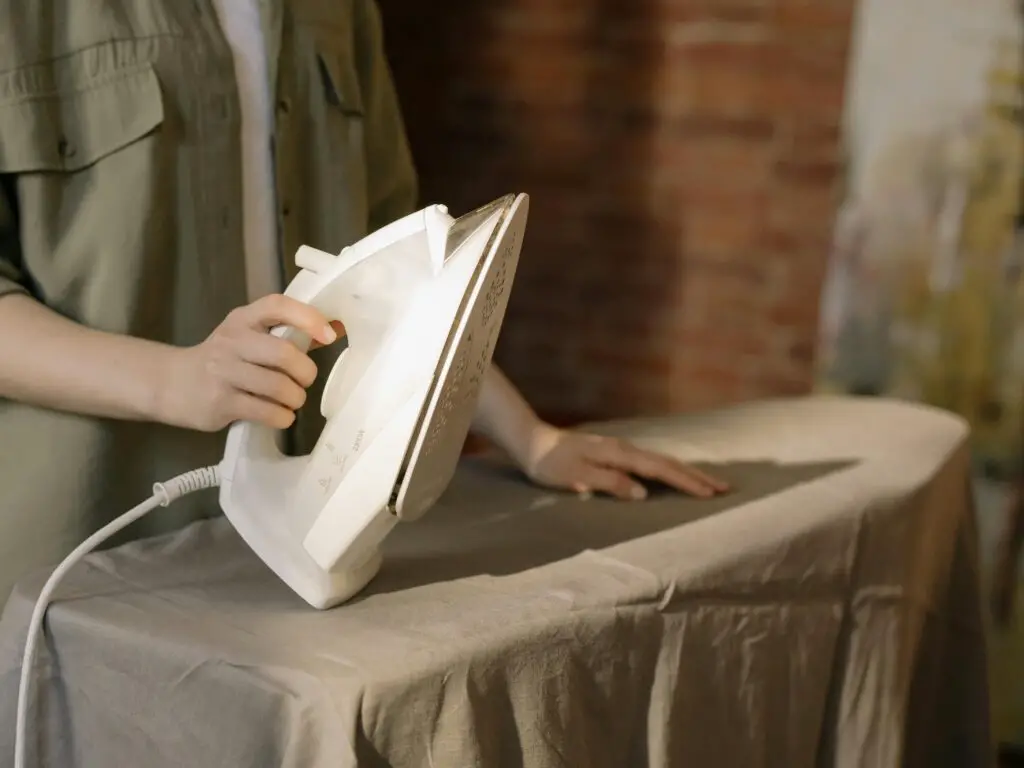
In the ’60s, ironing wasn’t just for special occasions — it was part of everyday life. Wrinkled clothes were a big no-no, and most households had a designated ironing day each week. People took real pride in crisp collars, sharp pleats, and perfectly pressed handkerchiefs. Learning how to iron properly was a basic life skill everyone picked up sooner or later.
Today, most of us barely touch an iron unless there’s a wedding or a job interview involved. Wrinkle-resistant fabrics and casual dress codes have made ironing feel almost old-fashioned. But there’s something satisfying about smoothing out a stubborn crease and seeing your clothes look polished and sharp. It’s one of those small rituals that made getting dressed feel a little more intentional.
10. Whittling and Woodworking
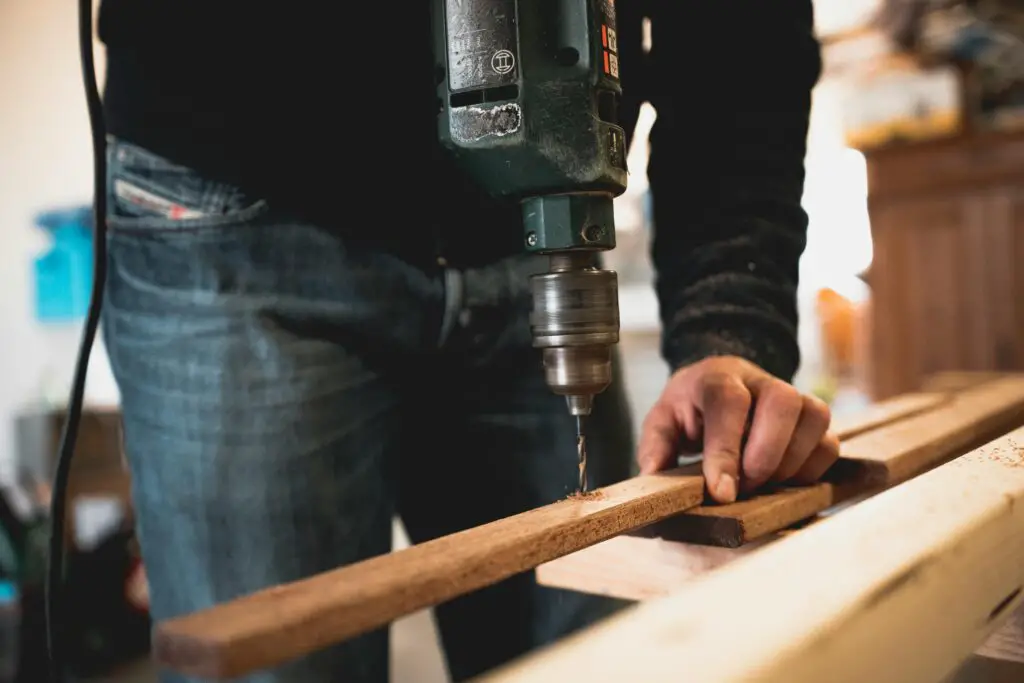
Whittling wasn’t just something kids did to pass the time — it was a real skill in the ’60s. People learned how to carve everything from simple toys to useful household items with just a knife and a block of wood. It taught patience, creativity, and a respect for working with your hands. Woodshop classes were common in schools, and many people dabbled in bigger woodworking projects at home.
Today, unless you’re a serious hobbyist, most folks have never even picked up a whittling knife. Power tools and mass production have made handcrafted wood items a rarity. But there’s something special about the slow, careful process of shaping something with your own hands. It’s a peaceful, satisfying hobby that connected people to both nature and tradition.
11. Making and Canning Jam
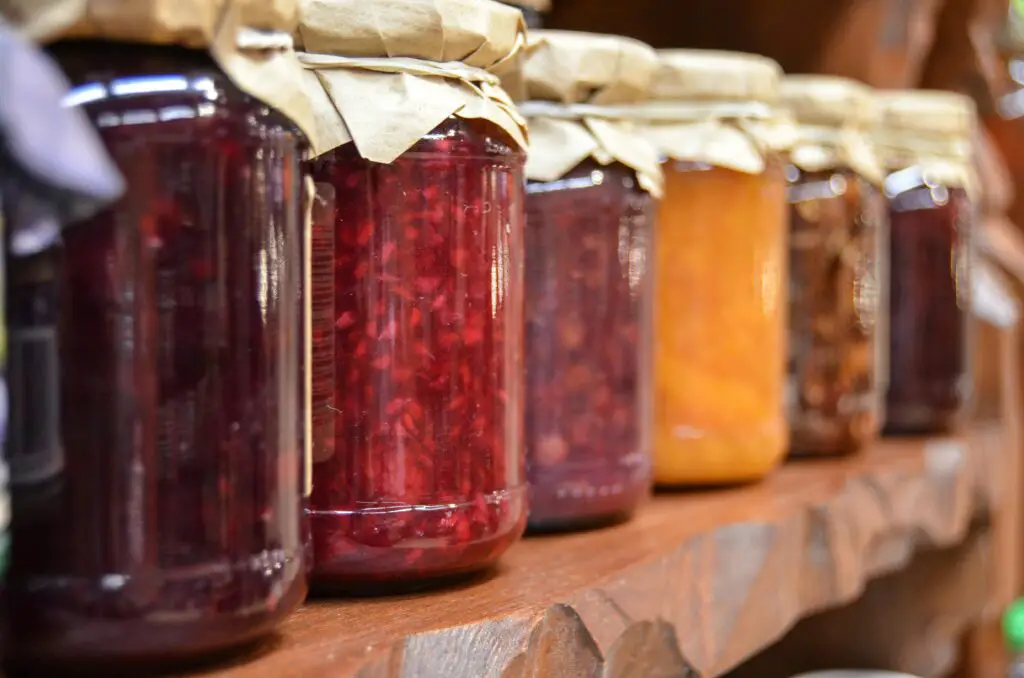
In the ’60s, if you wanted strawberry jam, chances were good you either picked the berries yourself or knew someone who did. Canning was a family affair, with kitchens steaming up from big pots of boiling jars. It wasn’t just about saving money — it was about preserving a little taste of summer to enjoy all year long. Grandmas had entire cupboards lined with colorful, jewel-toned jars.
Today, most of us just grab a jar off the grocery store shelf without thinking twice. Canning is seen as a charming throwback rather than a regular part of life. But homemade jams and preserves taste so much richer and more personal than anything store-bought. Plus, the pride of popping open a jar you made yourself months earlier is hard to beat.
